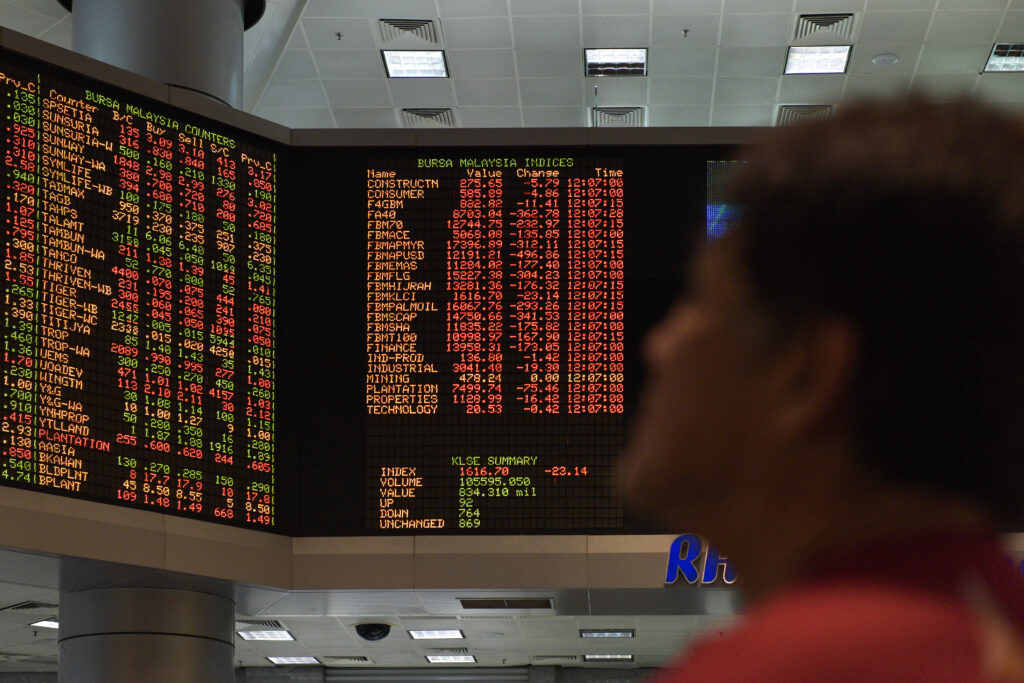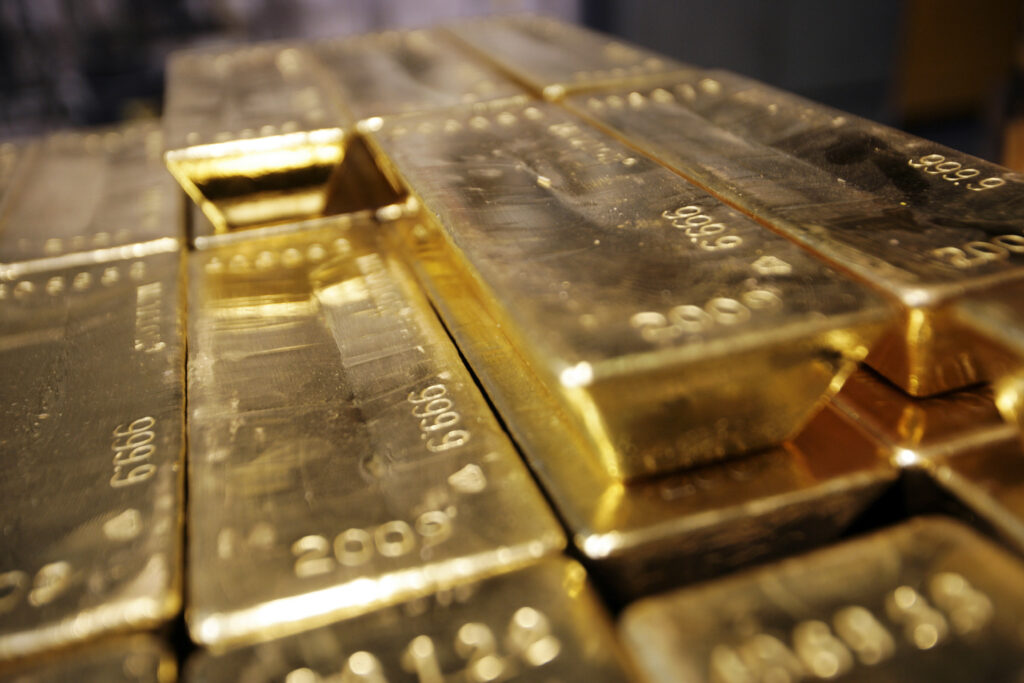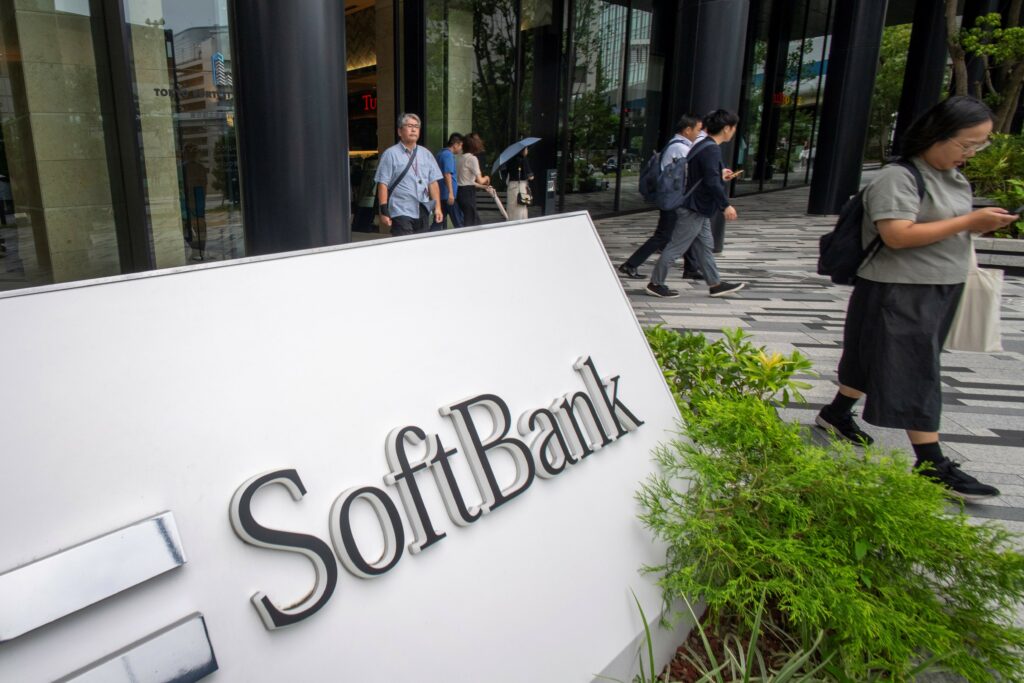Stocks cautious before tariff updates, US inflation data
Equity markets moved little in cautious European and US trading Monday as investors await key US inflation data this week that could offer guidance on rate cuts long sought by President Donald Trump.Reports that chip giants Nvidia and AMD would give Washington a 15-percent cut of the revenue from AI sales to China also bolstered expectations of a new pause on Washington’s tariffs against China.”The market seems very relaxed ahead of tomorrow’s deadline on US-China trade talks, reflecting the assumption an extension is in the offing and a deal will eventually be reached,” said AJ Bell investment director Russ Mould.Also in view is a high-stakes summit between Trump and Russian President Vladimir Putin on Friday in Alaska, which could pave the way for a Ukraine ceasefire and ease tough Western sanctions against Moscow.London’s FTSE 100 index edged higher but Paris and Frankfurt closed lower, pulled down in particular by defence stocks as investors calculated the chances of an end to the Ukraine war.The key Wall Street indices came under moderate pressure after the Nasdaq climbed to another record high on Friday, bolstered by solid earnings from tech giants in particular.”Markets are bracing for a surprisingly busy week, with several key events and data releases likely to shape sentiment,” notably US inflation, said Jim Reid, managing director at Deutsche Bank. The US consumer price index on Tuesday could provide grist for Trump’s campaign against Federal Reserve chief Jerome Powell.Powell has been in the president’s crosshairs over his refusal to cut interest rates while awaiting the impact of Trump’s tariffs blitz on the economy.But investors have ramped up their bets the Fed will lower borrowing costs at its September meeting following a series of reports — particularly on jobs — indicating the world’s biggest economy was slowing.Stocks in Hong Kong and Shanghai rose on Monday, while Tokyo was closed for a public holiday.Gold futures retreated after hitting a record high Friday following reports of an unexpected US tariff on gold bars from Switzerland.In company news, Nvidia and AMD advanced on the reports they had agreed to pay Washington 15 percent of AI chip sales to China.US officials had blocked the sale of the cutting-edge chips citing security concerns, which both companies had warned would deprive them of massive profits.Investors are betting that AI will transform the global economy, and last month Nvidia, the world’s largest semiconductor producer, became the first company to hit $4 trillion in market value.Elsewhere, shares in Danish renewable energy firm Orsted plunged 30 percent in Copenhagen as the company said it would raise $9.4 billion by selling new shares.The company added that it dropped plans to sell a stake in its Sunrise Wind project over Trump’s decision to freeze federal permitting and loans for all offshore and onshore wind projects.- Key figures at around 1600 GMT -New York – Dow: DOWN 0.3 percent at 44,052.71 pointsNew York – S&P 500: FLAT at 6,392.60New York – Nasdaq: UP 0.2 percent at 21,496.75London – FTSE 100: UP 0.4 percent at 9,129.71 (close)Paris – CAC 40: DOWN 0.6 percent at 7,698.52 (close)Frankfurt – DAX: DOWN 0.3 percent at 24,081.34 (close)Hong Kong – Hang Seng Index: UP 0.2 percent at 24,906.81 (close)Shanghai – Composite: UP 0.3 percent at 3,647.55 (close)Tokyo – Nikkei 225: Closed for a holidayEuro/dollar: DOWN at $1.1608 from $1.1643Pound/dollar: DOWN at $1.3417 from $1.3451 on FridayDollar/yen: UP at 147.97 yen from 147.79 yenEuro/pound: DOWN at 86.52 pence from 86.54 penceBrent North Sea Crude: FLAT at $66.57 per barrelWest Texas Intermediate: FLAT percent at $63.88 per barrelburs-ajb/js/kjm



